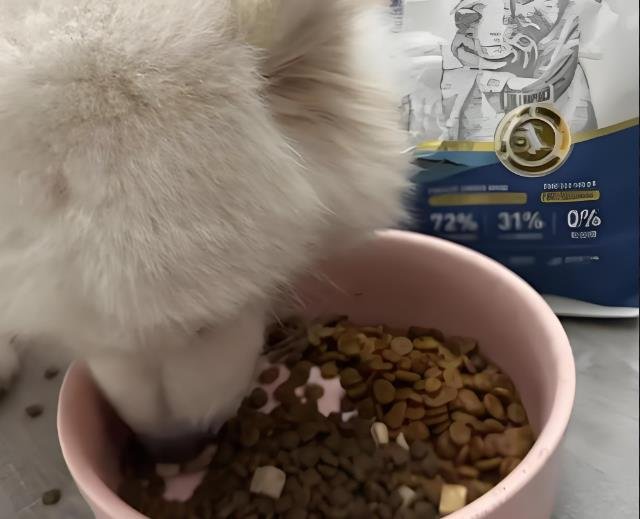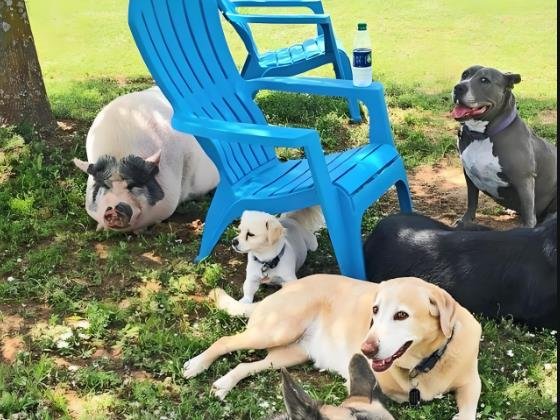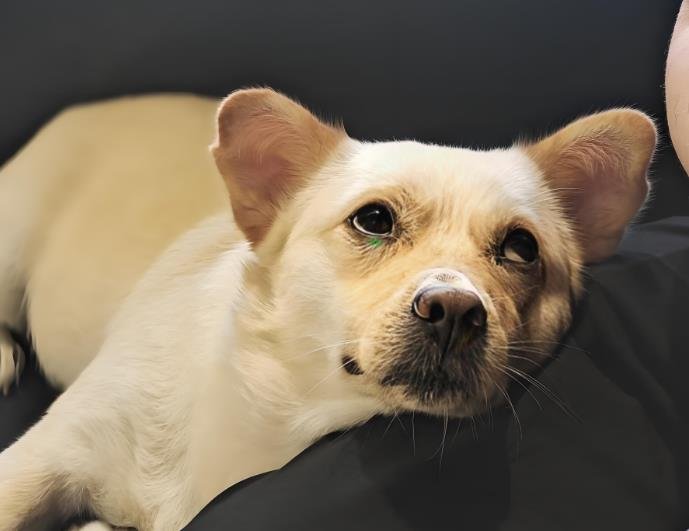Ever stare at your lanky Labrador pup and wonder, “When will those paws finally match his legs?” You’re not alone! From pocket-sized Chihuahuas to gentle-giant Great Danes, every breed marches to its own growth drumbeat. Let’s decode your pup’s timeline—no crystal ball needed.
🐕 Breed Matters: Your Dog’s Growth Stop Sign
Small Breeds (Chihuahuas, Pugs, Dachshunds)
- Full size by: 6-8 months
- Fun fact: They’re like sprinters—fast and furious! Most hit 75% of adult weight by 6 months.
- Watch for: Sudden “fluff to fit” transformations (that puppy coat vanishes fast!).
Medium Breeds (Cocker Spaniels, Border Collies)
- Full size by: 12 months
- Pro tip: Multiply their 14-week weight by 2.5 for adult weight estimate.
Large Breeds (Labs, Golden Retrievers)
- Full size by: 12-18 months
- Reality check: They’re 60% grown at 6 months but keep “filling out” muscle until age 2.
Giant Breeds (Great Danes, Mastiffs)
- Full size by: 18-24 months (some up to 3 years!)
- Critical note: Over-exercise before growth plates close (around 18 months) risks joint damage.

📊 Growth Milestone Cheat Sheet
Age Small Breed Medium Breed Large Breed Giant Breed 6 mo 90% grown 75% grown 60% grown 50% grown 12 mo Done! 95% grown 85% grown 75% grown 24 mo – Done! Done! 95% grown
🔍 5 Ways to Guesstimate Your Pup’s Adult Size
- Parent Check
Meet the mom/dad if possible—pups rarely outsize both parents. Mixed breeds? DNA tests help! - Paw Patrol Myth?
Big paws ≠ giant dog! Paw size can hint at bone structure but isn’t foolproof. (That Bernese pup with dinner-plate paws? Probably legit. Your Beagle mix? Less so.) - Weight Math Magic
- Small breeds: 6-week weight × 4 = adult weight
- Large breeds: 14-week weight × 2.5 = adult weight
- Rib Check
Run fingers along ribs. Feel knobby “speed bumps”? Those are active growth plates—more height coming! - Tooth Timeline
All adult teeth in by 6-7 months? Congrats—they’re halfway there!
🚩 Red Flags: When Growth Stalls
”Help, my pup’s not growing!” Vet visits are urgent if you spot:
- ⚠️ Potbelly + dull coat → Often worms stealing nutrients
- ⚠️ Avoiding food or vomiting → Could signal liver shunts
- ⚠️ Limping or refusing play → Growth plate injury risk
💡 True story: A rescued Shepherd mix stayed tiny for months—turned out hookworms were hijacking her calories! Deworming fixed it.
🌱 Help Them Thrive: 3 Vet-Backed Tips
1. Food Formula
- Small pups: High-calorie kibble (they burn energy fast!)
- Large pups: Special “large breed” food with controlled calcium—prevents joint issues.
- Portion hack: Weigh food. Eyeballing leads to chubby pups!
2. Exercise Smarts
- Puppy pushups > marathon walks. Short, frequent play sessions protect joints.
- Avoid until 18mo: Agility jumps, frisbee, stair sprints (growth plates are fragile!).
3. Vet Visits = Growth GPS
- Every 3-4 weeks until 16 weeks for vaccines/deworming.
- Weight checks: Monthly until 6mo, then quarterly. Track against breed charts!

❤️ The Big Picture
Your lanky teenager pup might trip over his own paws today, but soon he’ll glide like a pro. Growth isn’t just size—it’s confidence, playfulness, and that goofy grin when they finally “get” fetch.
As one vet told me:
“Dogs don’t count birthdays. They measure life in belly rubs and sun patches. Give them love, good food, and patience—they’ll grow into their paws exactly when they’re meant to.”


